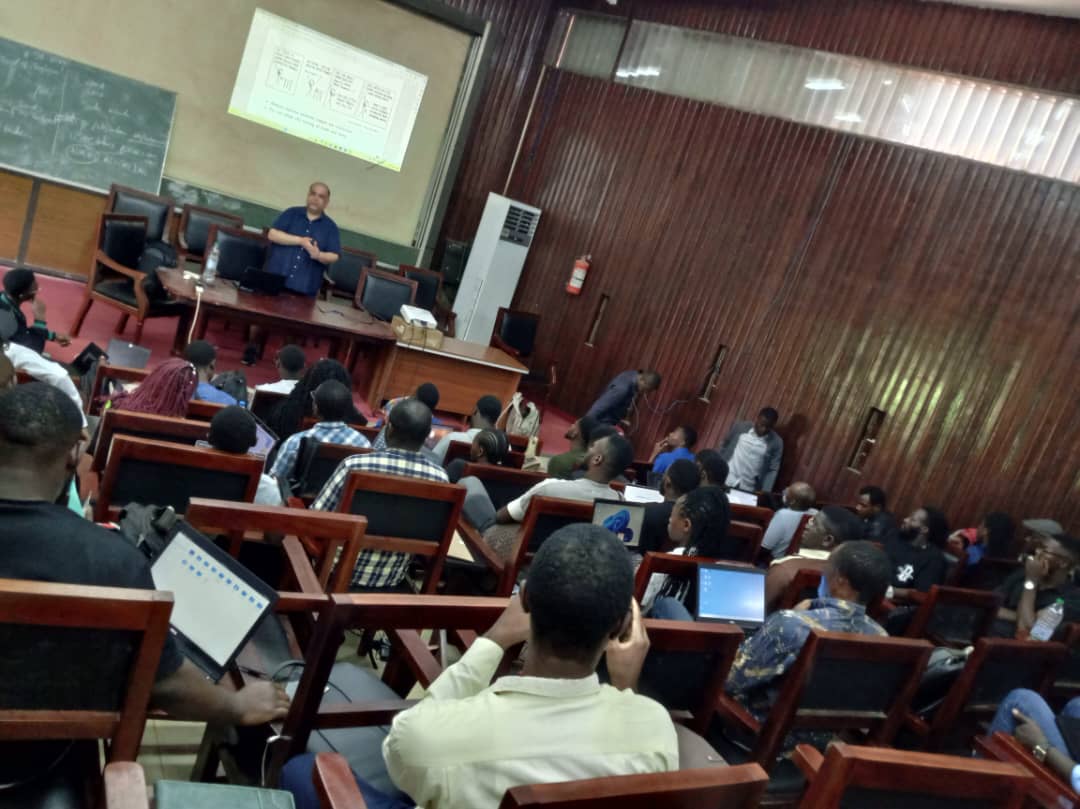practicals sessions on the course Secure Software Design
- 22 Apr, 2024 - 27 Apr, 2024
- 27 Apr, 2024
- Cameroon, Bamenda

Event Description
PSecure Software Design
In an increasingly interconnected world, the need for secure software design has become paramount. Cyberattacks and data breaches pose significant risks to individuals, organizations, and even nations. To mitigate these risks, developers must adopt secure software design principles and practices. This post explores the importance of secure software design and highlights key strategies for building trust and resilience in software systems.
Threat Modeling:
Secure software design begins with threat modeling. By identifying potential threats and vulnerabilities, developers can proactively address security risks. This involves analyzing the software architecture, identifying potential attack vectors, and assessing the impact of potential breaches. By understanding the threats, developers can implement appropriate security controls at every stage of the development process.
Principle of Least Privilege:
The principle of least privilege dictates that software should have minimal privileges and access rights necessary for its intended functionality. By limiting access to sensitive data and functions, the potential for unauthorized access or misuse is reduced. Implementing strong access controls helps ensure that only authorized individuals can perform specific actions, minimizing the risk of data breaches.
Defense in Depth:
Secure software design embraces the defense-in-depth strategy, which involves layering multiple security controls to protect software systems. This approach recognizes that no single security measure is foolproof. By implementing layers of security controls, such as firewalls, intrusion detection systems, and encryption, developers create multiple barriers for attackers, making it more difficult to compromise the system.
Secure Authentication and Authorization:
Robust authentication and authorization mechanisms are essential for secure software design. Strong passwords, multi-factor authentication, and secure session management help verify user identities and prevent unauthorized access. Implementing secure authentication protocols, such as OAuth or OpenID Connect, can enhance the overall security posture of the software.
Input Validation and Sanitization:
A common source of vulnerabilities is inadequate input validation and sanitization. Secure software design mandates thorough validation and sanitization of user input to prevent common attacks like SQL injection and cross-site scripting (XSS). By ensuring that only expected and valid data is processed, developers can reduce the risk of exploitation through malicious input.
Secure Communication:
Secure communication protocols, such as SSL/TLS, should be employed to encrypt data transmitted over networks. Encryption protects the confidentiality and integrity of sensitive information, preventing eavesdropping and tampering. By implementing secure communication channels, developers can safeguard data in transit and maintain user trust.
Secure Error Handling:
Error handling is often overlooked in secure software design. Proper error handling involves providing generic error messages to users while avoiding disclosure of sensitive information. Detailed error information should be logged for developers to analyze and address potential vulnerabilities. By adopting secure error handling practices, developers prevent attackers from gaining valuable insights into system vulnerabilities.
Secure software design is a critical aspect of software development in today's digital landscape. By incorporating security considerations into every phase of the software development life cycle, developers can build trustworthy and resilient software systems. Implementing threat modeling, the principle of least privilege, defense in depth, secure authentication, input validation, secure communication, and robust error handling enhances the security posture of software, safeguarding user data and preserving user trust. As the threat landscape evolves, continuous security testing and regular updates are essential to ensure the ongoing security of software systems. By prioritizing secure software design, developers contribute to a safer digital environment and protect against potential cyber threats.


